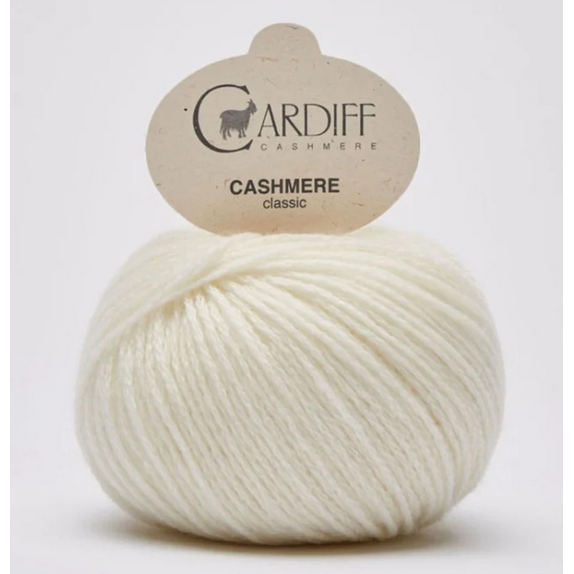Recognizing the Different Sorts Of Cashmere a Natural Fiber and Their Unique Benefits

The Beginnings of Cashmere: A Historical Review
While the luxurious touch of cashmere continues to charm contemporary customers, its beginnings trace back to the extreme, chilly environments of Mongolia and the Himalayas. For centuries, the native peoples of these regions have actually been increasing Capra Hircus goats, the prime resource of cashmere wool. These goats, resilient against the severe winter seasons, expanded a great undercoat to endure, which later on came to be recognized as cashmere.

The Production Process: From Goat to Garment
Shearing a Capra Hircus goat notes the inception of the complex cashmere production procedure. This delicate treatment typically takes place once a year throughout springtime. The penalty, soft undercoat is then separated from the coarser outer hair, a process known as dehairing. The resultant raw cashmere is after that cleaned to remove pollutants such as dust, grease, and vegetable matter.
The clean fiber goes through dyeing, spinning, and weaving, or knitting, to change it into a fabric. Facility treatments such as quality control checks and completing procedures comply with, ensuring completion item maintains the luxurious requirement anticipated of cashmere. This painstaking process, from goat to garment, justifies the high expense connected to cashmere products, making them a sign of high-end and improvement.
The Various Kinds of Cashmere: An Extensive Evaluation

The Unique Advantages of Cashmere: Convenience and Sustainability
Moving from the selection of cashmere types to the benefits they offer, comfort and sustainability stand out prominently. Cashmere, an all-natural fiber, is renowned for its unequaled softness, supplying a degree of comfort that artificial fibers can't match.
When it comes to sustainability, cashmere is renewable and eco-friendly, as it's visit their website gathered from cashmere goats that regrow their layers every year. what is cashmere. Unlike artificial fibers which can take centuries to decompose, cashmere's effect on the setting is very little. This combination of convenience and sustainability makes cashmere an advantageous option for conscious customers

Taking Care Of Your Cashmere: Maintenance and Preservation Tips
While cashmere is certainly a luxurious and lasting selection, it calls for details care to preserve its quality and prolong its lifespan. To begin, cashmere must company website be hand washed using cold water and a light cleaning agent. Avoid wringing the garment or turning as it can damage the fibers. Rather, delicately press out excess water and lay it level on a towel to dry. In addition, cashmere products ought to be kept in a completely dry and great place, away from direct sunshine and wetness. Using moth repellents can shield these garments from potential damages. Lastly, it's advisable to stay clear of hanging cashmere to stop extending. Instead, layer and shop them correctly to preserve their shape and top quality over time.
Buying Cashmere: Understanding Its Value and Well Worth
Although cashmere may originally seem like a pricey investment, its lasting worth and worth become apparent when you consider its exceptional qualities. Recognized for its unmatched gentleness and heat, cashmere is a premium natural fiber that exceeds various other products. Investing in cashmere, therefore, is not just concerning existing fashion patterns, yet concerning embracing a lasting, resilient, and elegant way of living.
Final Thought
In summary, the sort of cashmere one selects, be it Mongolian, Chinese, or Italian, is determined by private preferences for heat, luxury, sustainability, and budget plan. The value of cashmere extends past its price, with comfort and durability adding to its well worth. Proper treatment and maintenance can company website ensure its conservation. Understanding the origins, production process, and distinct benefits of various kinds of cashmere can assist customers in their financial investment in this extravagant natural fiber.
Whether it's the outstanding warmth of Mongolian cashmere, the price of Chinese cashmere, or the eco-conscious production of Italian cashmere, there's a tale to be found behind each fiber type. Cashmere, a natural fiber, is renowned for its unequaled gentleness, providing a level of convenience that artificial fibers can't match.When it comes to sustainability, cashmere is renewable and naturally degradable, as it's gathered from cashmere goats who regrow their coats each year. Recognized for its unparalleled soft qualities and heat, cashmere is a costs all-natural fiber that outmatches various other materials. Understanding the origins, manufacturing procedure, and special benefits of different kinds of cashmere can direct customers in their financial investment in this luxurious natural fiber.